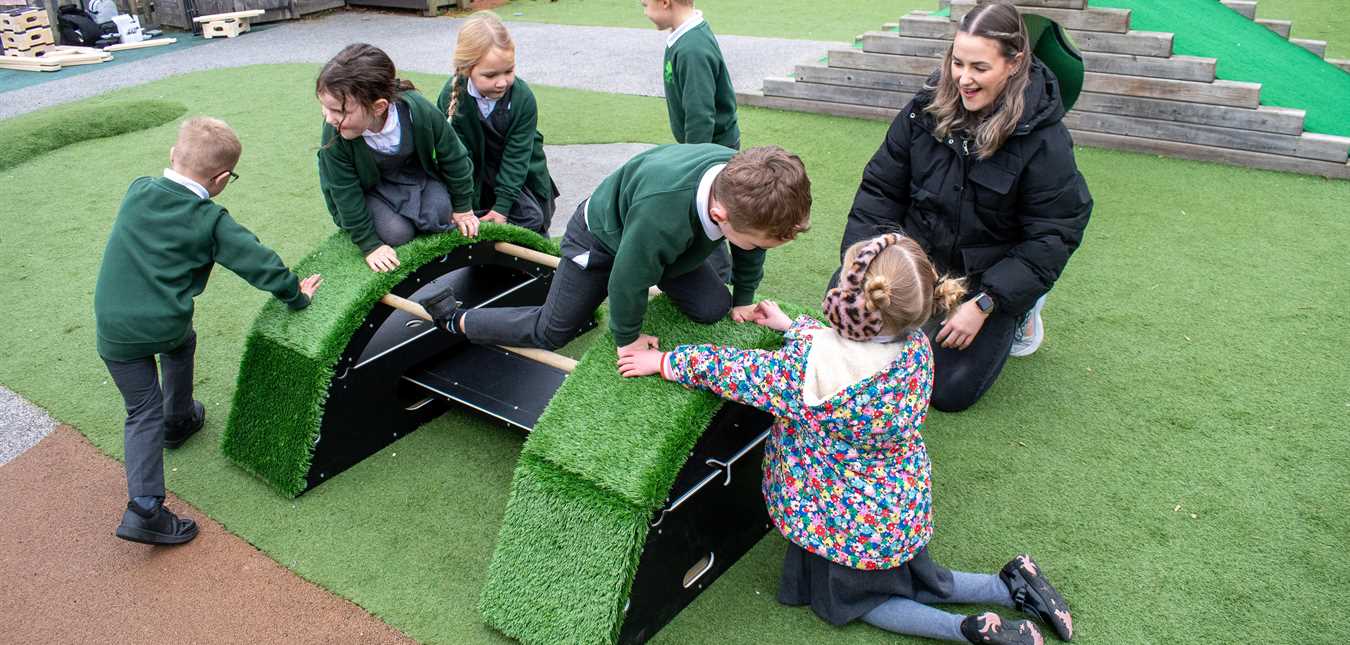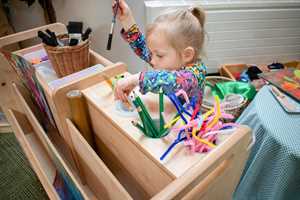Children's Health
Enhancing Balance and Coordination With The Rockies!
In early years settings, developing physical skills like balance and coordination is crucial for children’s gross and fine motor skills development and plays a significant role in their cognitive, emotional, and social growth.
One of the key tools to support this development in nursery and Early Years Foundation Stage (EYFS) settings is physical education (PE) activities.
Introducing innovative products like The Rockies by Pentagon Plays offers exciting opportunities for children in nursery and reception classes to practice balancing and traveling in a fun, engaging, and educational way.
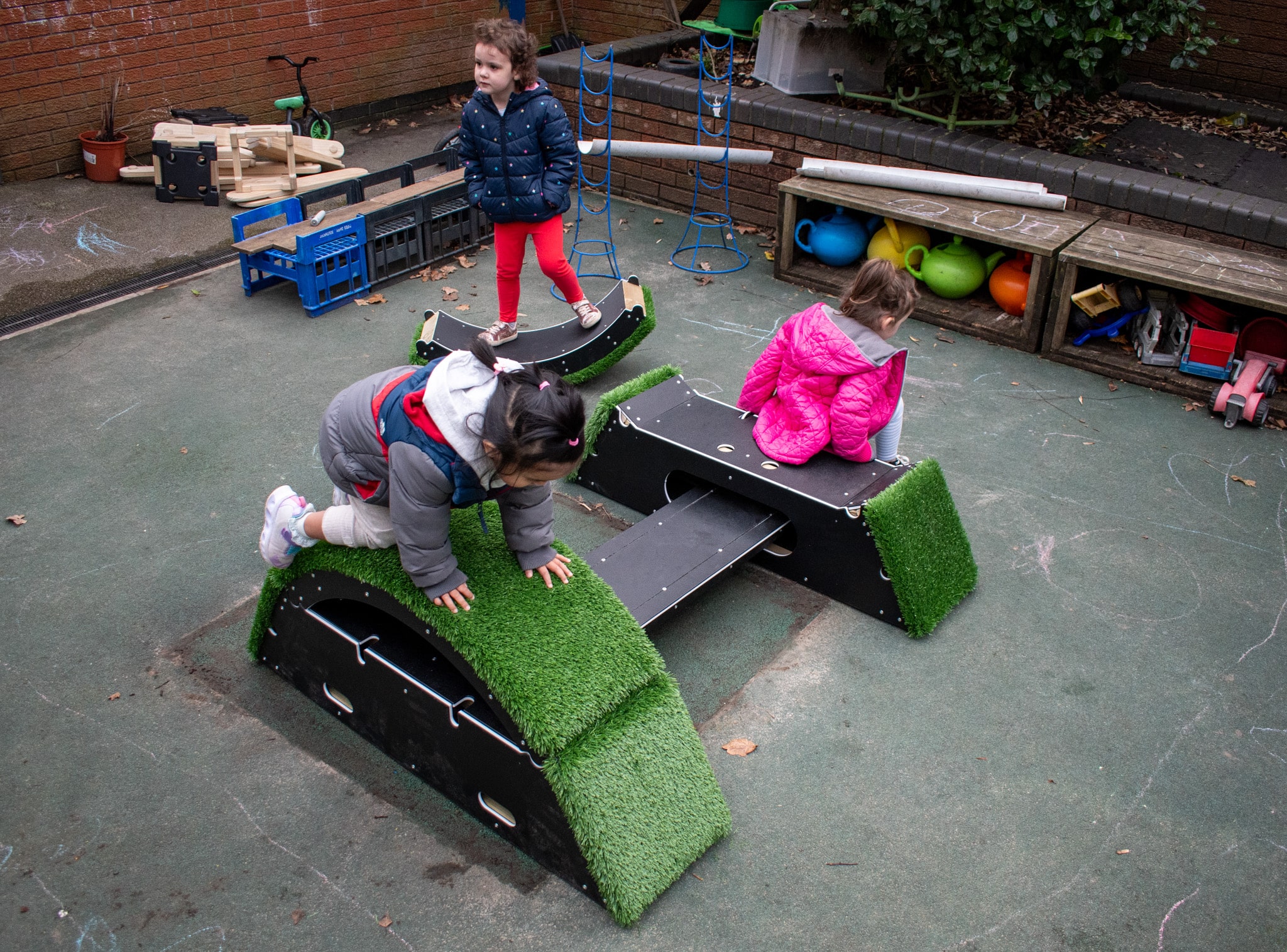
In this blog, we will explore the importance of balancing and traveling skills in the early years, how Pentagon Plays’ new product The Rockies aligns with the PE National Curriculum, and children's development through play in early years settings.
It will also look at how early-years teachers can support children by incorporating and using Pentagon Plays products into a dynamic PE lesson for young children in their early years.
The Importance of Balance in Early Childhood Development
Balance is a foundational physical skill that forms the basis for many other movements and abilities, from running and jumping to writing and drawing.
During children's early years, their physical abilities rapidly develop, therefore promoting balance is critical to their overall motor development.
Balancing involves maintaining stability when stationary (static balance) or when moving (dynamic balance), and both forms are integral to children’s growing sense of control over their bodies.
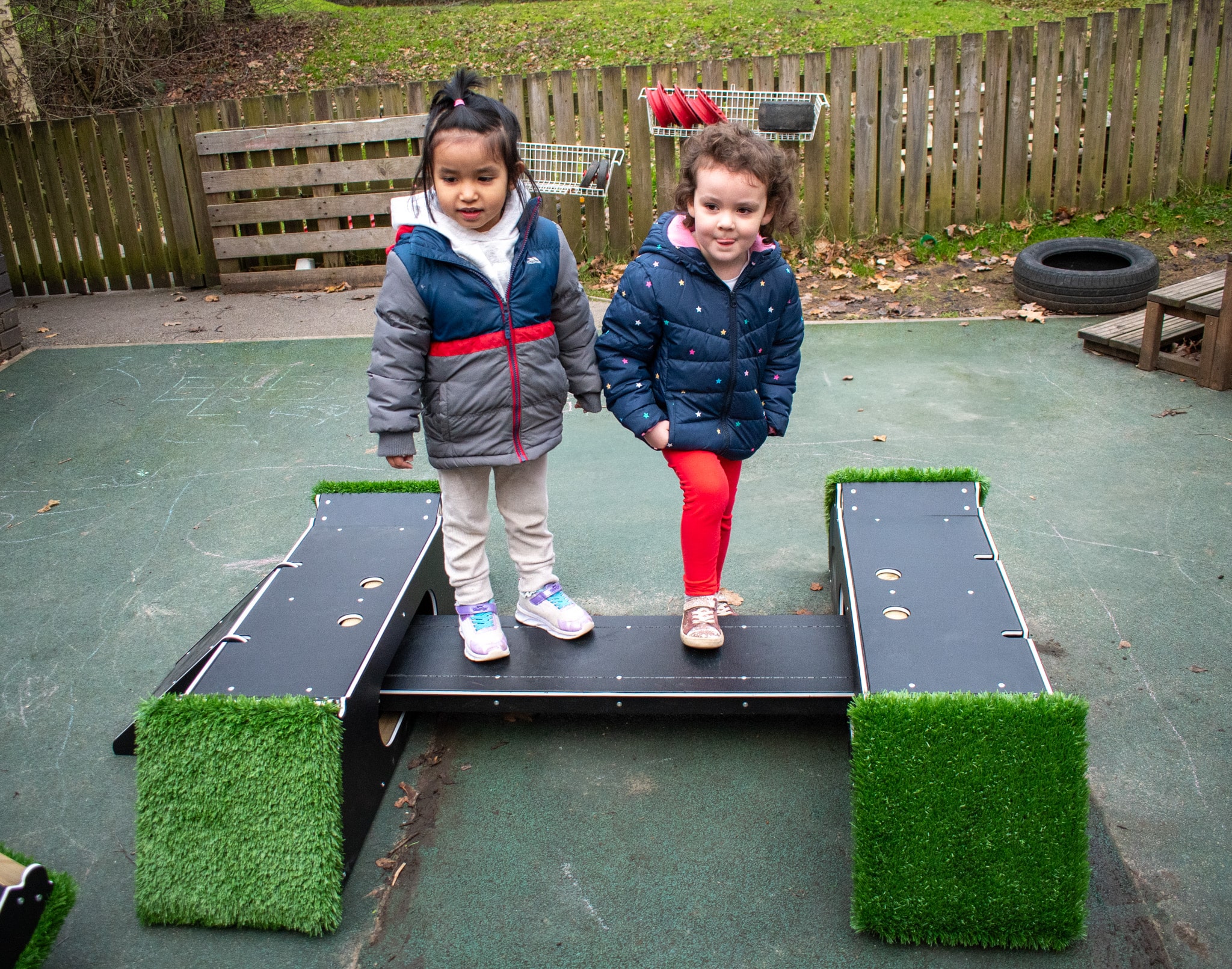
The EYFS framework recognises the importance of play and physical development, focusing on the ability to move with control and coordination. According to the EYFS Statutory Framework, one of the early learning goals is that children are expected to develop the ability to move confidently in a range of ways, including running, jumping, and balancing.
Balancing activities in early years settings helps children build strength in their muscles, improve their posture, and develop better control over their movements improving their physical development.
It can also boost their confidence in participating in various physical tasks, promoting independence and self-esteem.
Why Traveling Skills Matter in Early Years Education
Alongside balancing, traveling is a fundamental skill that involves moving from one place to another, whether by walking, hopping, skipping, or running.
Traveling is not only essential for children’s physical development, but it also supports children's development cognitively and socially, such as spatial awareness, direction following, and collaborative play.
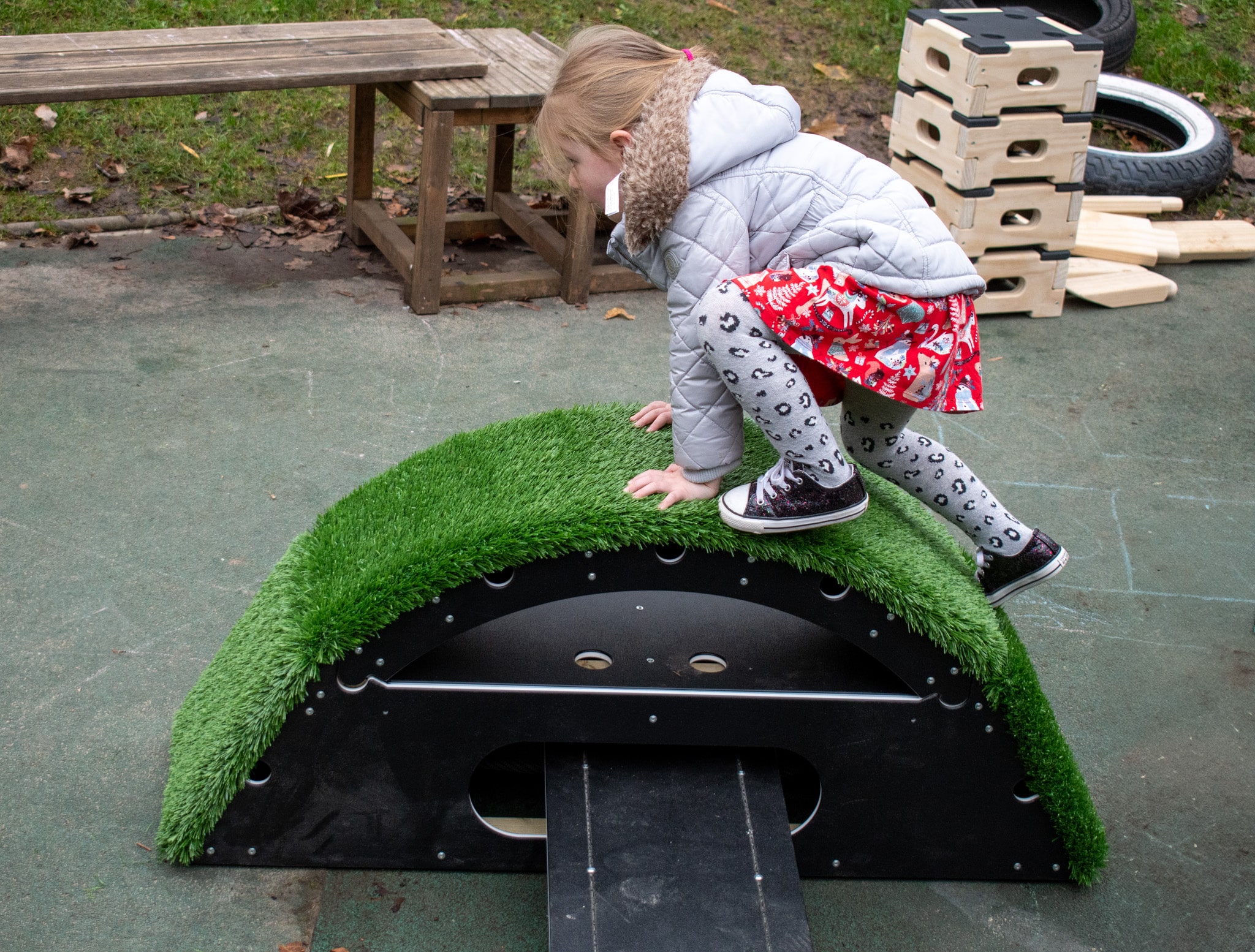
In the context of the PE National Curriculum in Early Years practice, traveling skills are part of the overall goal of encouraging children to explore movement in a range of contexts, which promotes both physical and social competence.
The ability to move fluidly, control one’s speed, and navigate space contributes to a child’s ability to engage in more complex physical activities later on, such as dancing, team sports, and gymnastics.
The Role of ‘The Rockies’
Pentagon Plays’ new product The Rockies is an innovative resource designed to support balance and coordination (body language development) through engaging and creative play-based learning in early years settings.
The product features a set of adjustable blocks that children can use in various configurations during play-based learning to practice balancing on different surfaces, such as:
- standing on top of them
- walking across them
- rocking on them
- sliding down them
- using them as obstacles in a larger course
These blocks encourage early years children to challenge their balance in a safe and controlled environment.
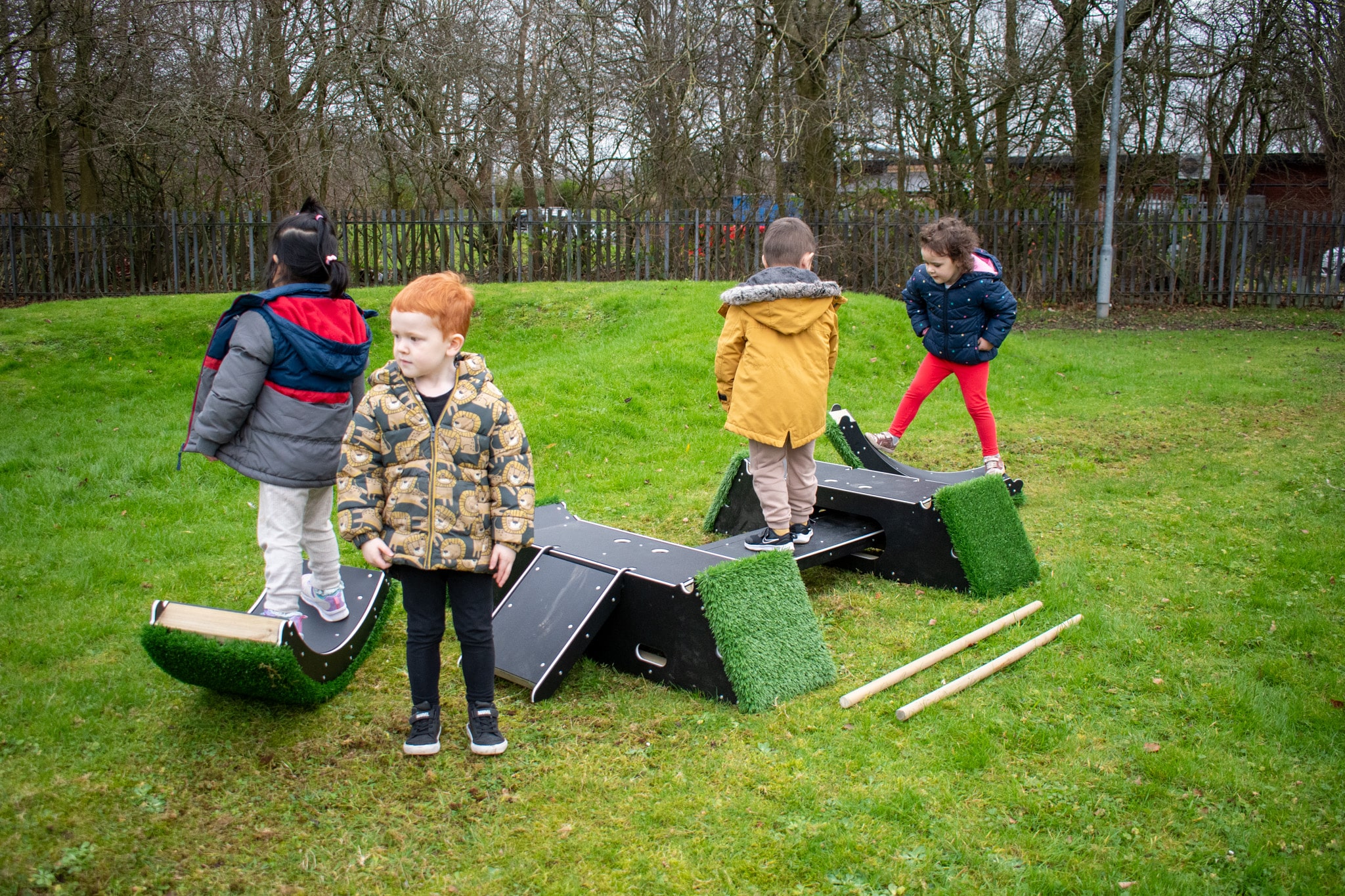
The Rockies provide an excellent open-ended resource having a combination of equipment that can support both balance and traveling skills in a variety of creative ways in early years settings.
This amazing new product is fantastic for early years child-initiated play and learning. It can be used individually or combined to create complex movement challenges that encourage children to explore different ways of balancing and moving in space.
Integrating Balance and Traveling into PE Lessons
Incorporating balance and traveling activities into early years PE lessons not only supports physical development but also helps children develop social skills, problem-solving abilities, and creativity.
Below is an example of how early years practitioners can integrate The Rockies into PE lessons to create engaging and developmentally appropriate experiences for children in early years settings.
Lesson Objective
- Through play-based learning, children will develop their ability to balance and move confidently, using a variety of methods, while enhancing their coordination and spatial awareness.
Materials Needed
- The Rockies set (a collection of adjustable balancing blocks)
- Cones or markers to create boundaries
- Music (optional for creating a rhythm to travel)
Warm-Up (10 Minutes)
Start the session with a dynamic warm-up to get the young children moving and ready for the main activities. This can include simple stretches or a game such as “Simon Says,” where children follow commands to jump, stretch, bend, and twist. This prepares their muscles and joints for more challenging activities.
Activity 1: Balancing Challenge (15 Minutes)
Objective: To develop static and dynamic balance through active learning.
- Set up different balancing challenges using The Rockies. For instance, arrange several blocks in a line and encourage children to walk across them, one foot at a time, without falling off. Vary the difficulty by adjusting the height or spacing of the blocks to enhance the children's learning.
- For dynamic balance, create a zigzag path by placing the blocks in a scattered arrangement. Children should walk along the path, lifting their feet high to maintain balance while following the uneven surface.
- Encourage the young children to explore different positions on the blocks, such as standing, crouching, or balancing on one foot. This variation will challenge their sense of balance and help improve muscle control enhancing the children's learning.
Link to EYFS Development Matters:
- Moving and Handling (Physical Development): “Children show a preference for a dominant hand, use tools safely, and hold a pencil effectively in preparation for writing.”
- Health and Self-Care: “Children show good control and coordination in large and small movements.”
Activity 2: Traveling Obstacle Course (15 Minutes)
Objective: To improve children’s traveling skills through various movement patterns.
- Set up an obstacle course using The Rockies.
For example, early years practitioners can arrange The Rockies so that an obstacle course is formed, using the Rocker Block as a detachable element to climb over or flip over to allow children to rock in it, the Balance Board as a bridge for children to crawl or walk across and the Slide and Climber Block to form exciting entry and exit point to the obstacle course that children can walk or run across.
Use cones to define boundaries and provide markers for starting and finishing points.
- Through play-based learning, encourage children to travel in different ways across the course. They can hop from one block to another, jump over a block, or crawl over a series of blocks. You can support play and children's development by introducing new ways of moving, such as skipping, crawling, or sliding.
- To add an extra challenge, introduce “traveling in pairs” with other children, where children must cooperate, support, solve problems, and travel through the obstacle course together, fostering relationship building and helping children to develop core communication, social and emotional skills.
Link to PE National Curriculum (EYFS):
- Moving and Handling: “Children move confidently in a range of ways, safely negotiating space.”
- Health and Self-Care: “Children are encouraged to know the importance of physical exercise, and to make healthy choices in relation to food.”
Cool Down (5-10 Minutes)
End the session with a cool-down activity to help children relax and stretch their muscles. This could involve simple stretches or a calm “follow the leader” activity where children imitate movements like stretching their arms above their heads or touching their toes.
Conclusion: The Power of Balancing and Traveling in Early Years
Balancing and traveling are essential physical skills that contribute to a child’s overall development in the early years.
By integrating resources like The Rockies into early years PE lessons, educators can create engaging and developmentally appropriate play-based learning activities that enhance children’s motor skills while fostering confidence, emotional development, independence, and teamwork.
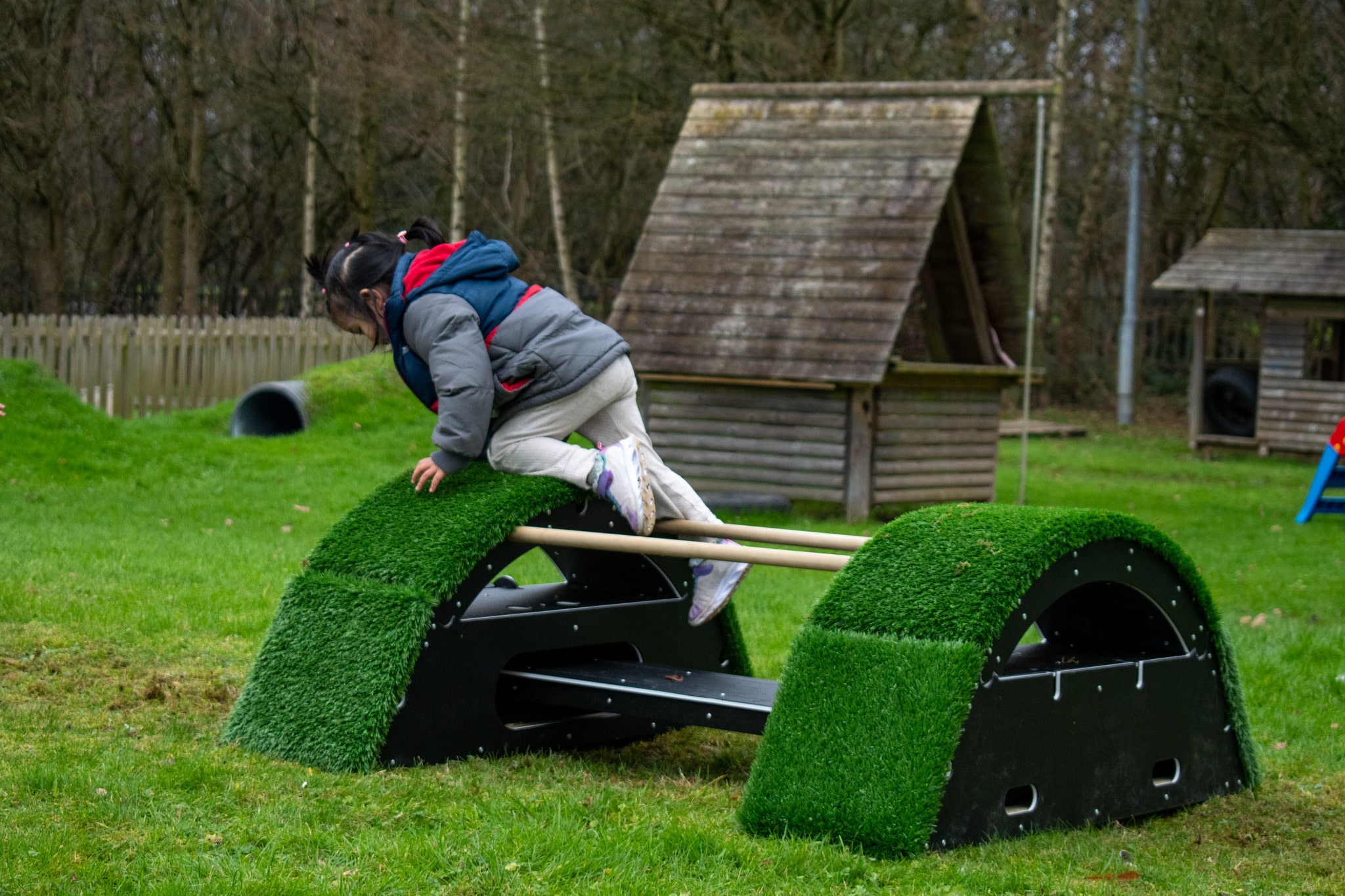
By making balance and traveling a fun part of children’s play-based learning, we are not only supporting their physical growth but also helping them develop a range of other important skills such as problem-solving, creativity, language skills, and social interaction.
The importance of play in an early years setting whether it is pretend play, free play, guided play, or sensory play, interwoven with movement through more structured adult-led activities during early years PE lessons, lays the foundation for a lifetime of active engagement and healthy habits.



